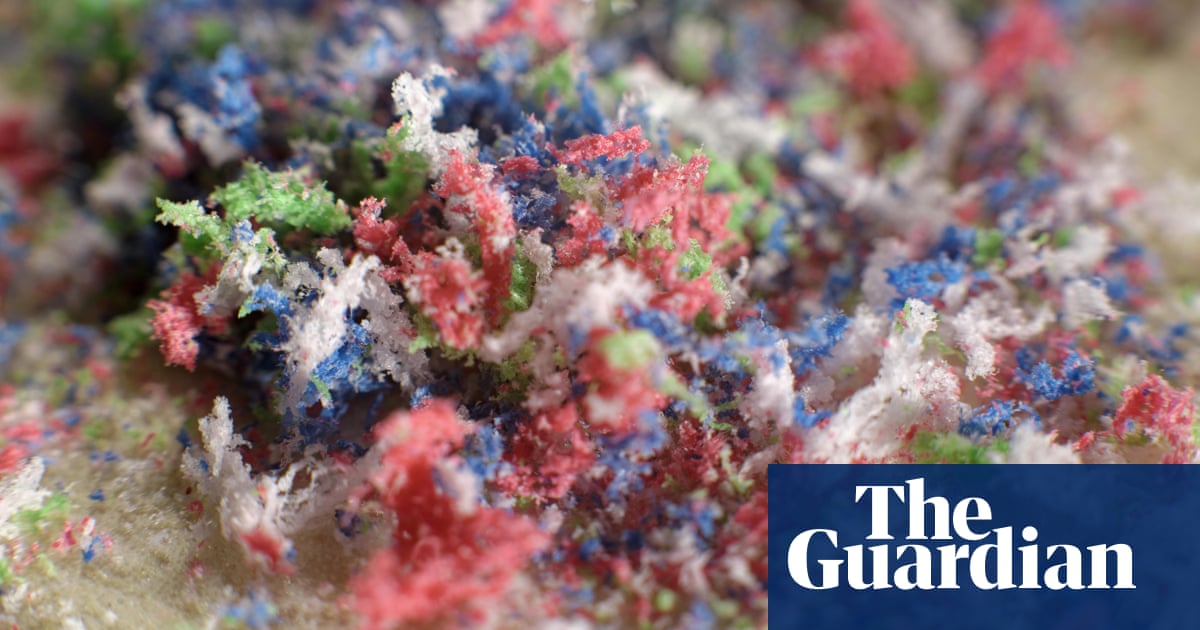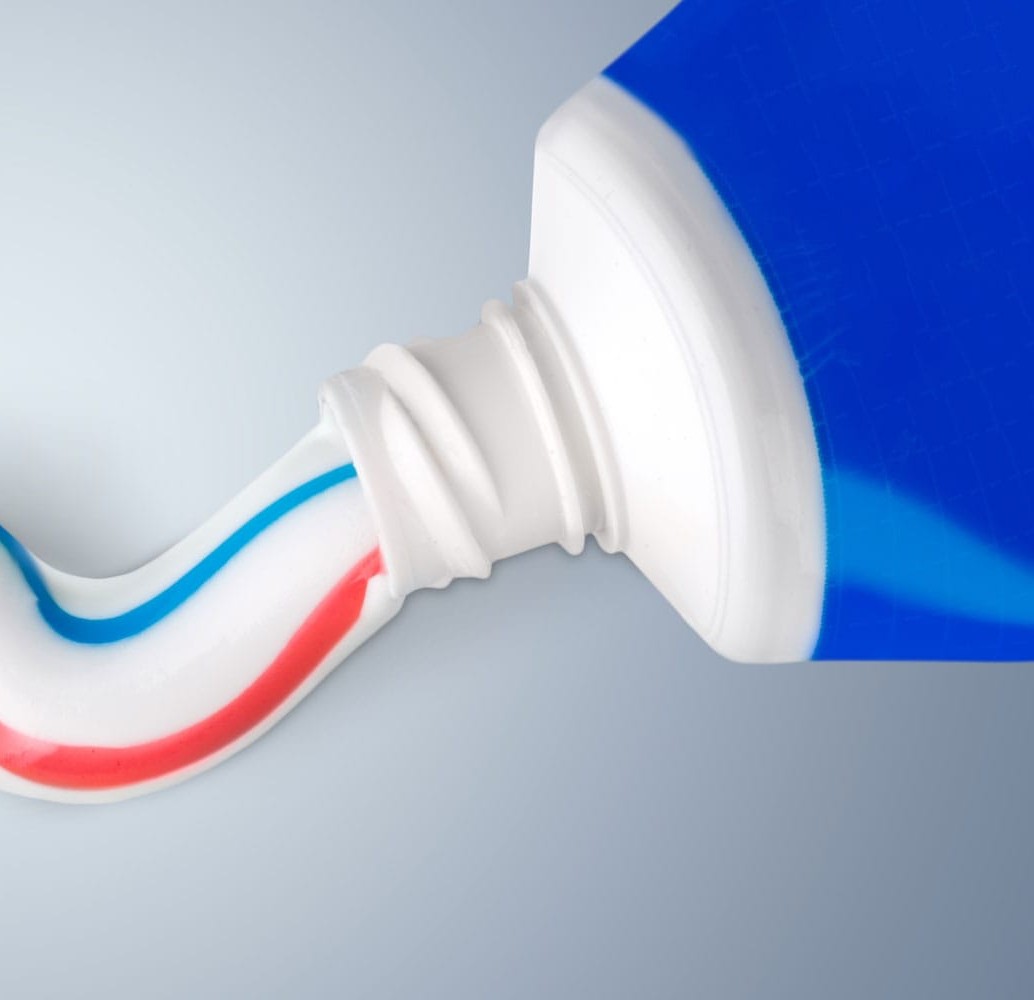Oh boy! I wonder which form of environmental collapse will cause my death!
deleted by creator
Eh, if it’s not environmental disaster due to climate change, I have a hunch it might be microplastics or forever chemicals. That’s what I expect will do me in before old age does.
And to think that I was seriously considering moving up north to the Great Lakes to get away from Climate Change and to move to a place that actually has fresh water. Joke’s on me, that fresh water has microplastics to kill me. Total Catch-22.
The two biggest sources of microplastics are car tires and clothing. If you care about reducing microplastics, you should try to not buy plastic clothing (polyester, nylon, etc.) and instead buy biodegrable fibers like cotton or wool. I don’t know what to do about the tire thing except drive maybe drive less?
Not a personal solution but trains don’t have tires, and busses probably consume less tires per person per km.
trains don’t have tires
Oh?

And the noise, oh my fucking god, the noise!! My phone can measure accurately to 90dB and this thing hits 90 regularly.
If clothes are a very significant contributor, I’d like to see mandatory lint filters in new washing machines.
The snag is that the ‘micro’ in ‘microplastics’ means they’re too small to reasonably or reliably capture without great expense - even at the industrial scales of sewage treatment plants.
See I thought about this and this is what I figured at first, but then it occurred to me that lint isn’t actually microscopic. Some of it probably is, but I bet that the normal, trappable size lint escapes into the lakes via the sewage system and then degrades into microscopic plastics. Could be wrong but if this is true then filtering at the washer, using a mesh similar to the one for the dryer could be a significant help. If the numbers work of course.
Though where do you put the lint once filtered out? (Assuming most is filterable)
In your drinking water to make the process more efficient of course.
Fuck.
I think there is already a product that that will filter plastics out of the water out line on washing machine actually
Quite possibly. I think I recall something like that, but to be effective this has to be mandated to be included inside the washers themselves, similar to the lint filters in dryers.
Agreed. Would be nice to see that as a standard. But I’m sure they will fight tooth and nail to save the 10 dollars per unit it would cost
This is the best summary I could come up with:
About 90% of water samples taken over the last 10 years from the Great Lakes contain microplastic levels that are unsafe for wildlife, a new peer-reviewed paper from the University of Toronto finds.
The Great Lakes provide drinking water to over 40 million people in the US and Canada, hold about 90% of the US’s freshwater, and are home to 3,500 species of plants and animals.
The authors reviewed data from peer-reviewed studies from the last 10 years, which showed the highest levels are found in tributaries leading to the lakes, or around major cities like Chicago and Toronto.
Though myriad microplastic sources exist, wastewater treatment plants seem to be a major Great Lakes basin contributor, as they are elsewhere, Hataley said.
She noted concerning levels of microplastics have been found in sport fish consumed by humans and beer brewed with Great Lakes water.
Though Canadian and US governments have known about microplastic levels for at least 10 years, it can take time for regulators to act, and the new paper highlights the situation’s urgency, Hataley said.
I’m a bot and I’m open source!
No big deal, just some plastic in the fish and beer.
Everytime I see microplastics mentionned it reminds me of that post that said that every generation had very toxic products that people just used and didn’t know they were terrible, like asbestos and leaded fuel. Well for our generation it will be plastics that need to be eradicated! Then well find out another thing that is extremely toxic
deleted by creator
There are also PFAS/forever chemicals
I don’t think plastic is going anywhere. Unlike the formers
The article doesn’t specify what the impacts of these micro plastics are. What makes them unsafe?








